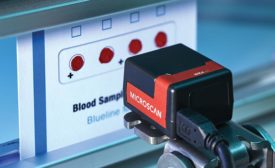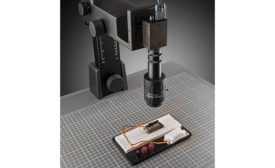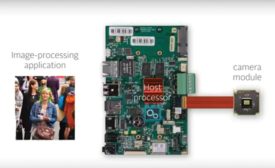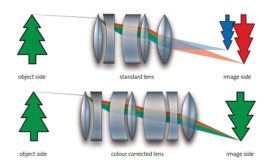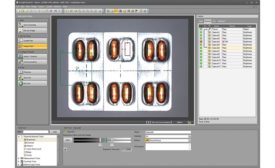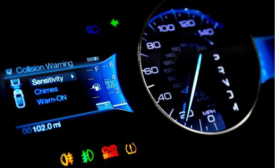Vision & Sensors
The goal is to create smart cameras that can do it all. How do we get there?
Read More
Vision & Sensors Lens Selection Guide, Part 1
Understand the differences between the most common types of lenses used in machine vision.
April 30, 2018
Embedded Vision Puts Full Power in Compact Footprint
Developers are working to drive out cost and reduce system size while offering enhanced flexibility.
April 30, 2018
Optics for High Accuracy Machine Vision
The best lens for a machine vision application is one that’s specifically selected for the sensor used in the camera.
April 30, 2018
Vision Sensors Set New Standard for Pass/Fail Inspections
By combining powerful vision tools, simple setup and a modular design, vision sensors set new standards for value, ease of use and flexibility.
April 30, 2018
Vision System Assures Glass Act at California Shop
With the vision system in place, PG&O has substantially ramped up its inspection productivity.
April 30, 2018
INDUSTRY HEADLINE
MSE Manufacturing Event Continues to Bolster Offerings and Lineup
April 16, 2018
V&S HEADLINE
Radiant Vision Systems Honored by Vision Systems Design 2018 Innovators Awards Program
April 12, 2018
Stay in the know with Quality’s comprehensive coverage of
the manufacturing and metrology industries.
eNewsletter | Website | eMagazine
JOIN TODAY!Copyright ©2025. All Rights Reserved BNP Media.
Design, CMS, Hosting & Web Development :: ePublishing
